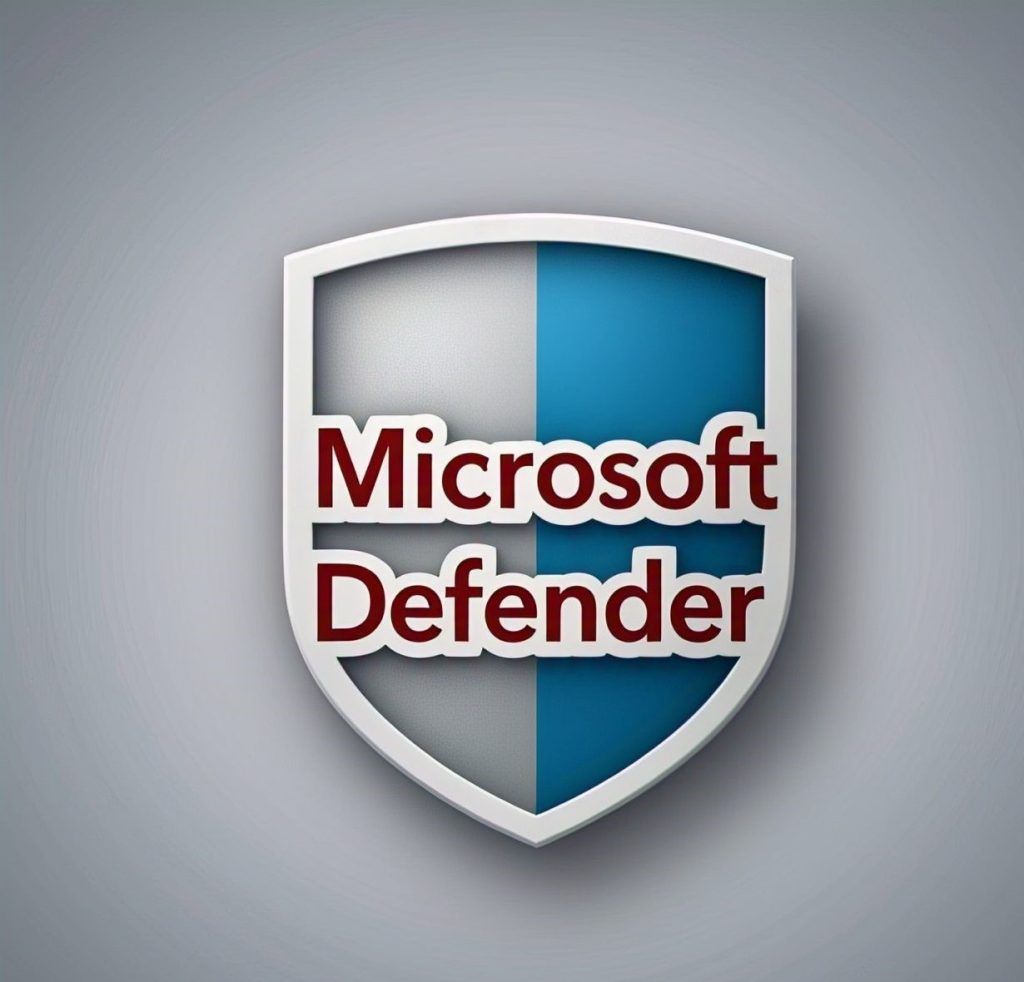
Microsoft Defender represents a comprehensive, multi-layered cybersecurity solution designed to protect organizations and individual users from an evolving landscape of digital threats. As cyber attacks become increasingly sophisticated, Microsoft has developed a robust security platform that integrates advanced threat detection, prevention, and response capabilities across multiple platforms and devices.
Evolution of Microsoft Defender
Historical Background
Originally introduced as Windows Defender in 2006, the product has undergone significant transformations. What began as a basic antivirus solution for Windows operating systems has dramatically evolved into a comprehensive, enterprise-grade security ecosystem that covers endpoints, networks, identities, and cloud environments.
Modern Transformation
By 2025, Microsoft Defender has become a unified security platform that leverages artificial intelligence, machine learning, and comprehensive threat intelligence to provide real-time protection against complex cyber threats.
![IMG-20250310-WA0229[1]](https://naazpc.com/wp-content/uploads/2025/03/IMG-20250310-WA02291-1.jpg)
Key Features and Capabilities
1. Endpoint Protection
Microsoft Defender offers advanced endpoint protection that goes beyond traditional antivirus solutions. Its key capabilities include:
- Real-time threat detection
- Behavioral analysis
- Advanced malware prevention
- Automated investigation and remediation
- Cross-platform support (Windows, macOS, Linux, iOS, Android)
2. Cloud-Native Security
Leveraging Microsoft’s cloud infrastructure, Defender provides:
- Centralized management console
- Continuous threat monitoring
- Global threat intelligence
- Seamless integration with Microsoft 365 ecosystem
- Advanced cloud workload protection
3. Artificial Intelligence and Machine Learning
Microsoft has integrated cutting-edge AI technologies to enhance threat detection:
- Predictive threat analysis
- Automated threat hunting
- Anomaly detection
- Rapid pattern recognition
- Intelligent security scoring
4. Zero Trust Architecture
Implementing a comprehensive zero trust approach, Defender ensures:
- Continuous authentication
- Least privilege access controls
- Identity verification
- Device health validation
- Contextual access management
Deployment and Implementation
Enterprise Deployment Strategies
Organizations can implement Microsoft Defender through multiple approaches:
- Cloud-based deployment
- Hybrid implementation
- On-premises configuration
- Scalable licensing models
- Seamless integration with existing infrastructure
Configuration Options
Administrators can customize Defender’s settings to align with specific organizational requirements:
- Granular policy controls
- Customizable threat detection rules
- Flexible quarantine mechanisms
- Detailed reporting and analytics
- Role-based access management
Advanced Threat Protection Mechanisms
Behavioral Analysis
Microsoft Defender employs sophisticated behavioral analysis techniques to identify potential security risks:
- Monitoring application behaviors
- Tracking user interaction patterns
- Identifying suspicious network activities
- Detecting potential insider threats
- Analyzing file and system modifications
Threat Intelligence
The platform continuously updates its threat intelligence through:
- Global threat monitoring
- Real-time data correlation
- Community-driven threat reporting
- Advanced research partnerships
- Continuous machine learning improvements
Performance and Resource Management
Optimized System Performance
Microsoft has engineered Defender to minimize system resource consumption while maintaining robust protection:
- Low computational overhead
- Efficient scanning mechanisms
- Intelligent resource allocation
- Minimal performance impact
- Adaptive scanning schedules
Compliance and Regulatory Support
Industry Standards
Microsoft Defender supports numerous compliance frameworks:
- GDPR
- HIPAA
- PCI DSS
- NIST
- ISO 27001
Comprehensive Reporting
Detailed compliance reporting helps organizations demonstrate:
- Security posture
- Threat management effectiveness
- Regulatory adherence
- Incident response capabilities
Pricing and Licensing
Flexible Models
Microsoft offers multiple licensing options:
- Per-user subscriptions
- Enterprise-wide deployments
- Pay-as-you-go models
- Academic and nonprofit discounts
- Small business packages
Limitations and Considerations
Potential Challenges
While highly effective, organizations should consider:
- Initial configuration complexity
- Learning curve for administrators
- Potential compatibility issues
- Regular update requirements
- Integration with non-Microsoft systems
Future Roadmap
Emerging Technologies
Microsoft continues investing in:
- Enhanced AI capabilities
- Quantum computing threat protection
- Improved machine learning models
- More granular control mechanisms
- Extended cross-platform support
Conclusion
Microsoft Defender represents a sophisticated, comprehensive cybersecurity solution that addresses modern digital security challenges. By combining advanced technologies, intelligent threat detection, and flexible deployment options, it provides organizations with robust protection against evolving cyber threats.
Recommendations
For organizations considering implementation:
- Conduct thorough infrastructure assessment
- Plan comprehensive deployment strategy
- Train IT personnel
- Start with pilot implementation
- Continuously monitor and adjust configurations
Microsoft Defender continues to set industry standards, offering a holistic approach to cybersecurity that adapts to the dynamic digital landscape




